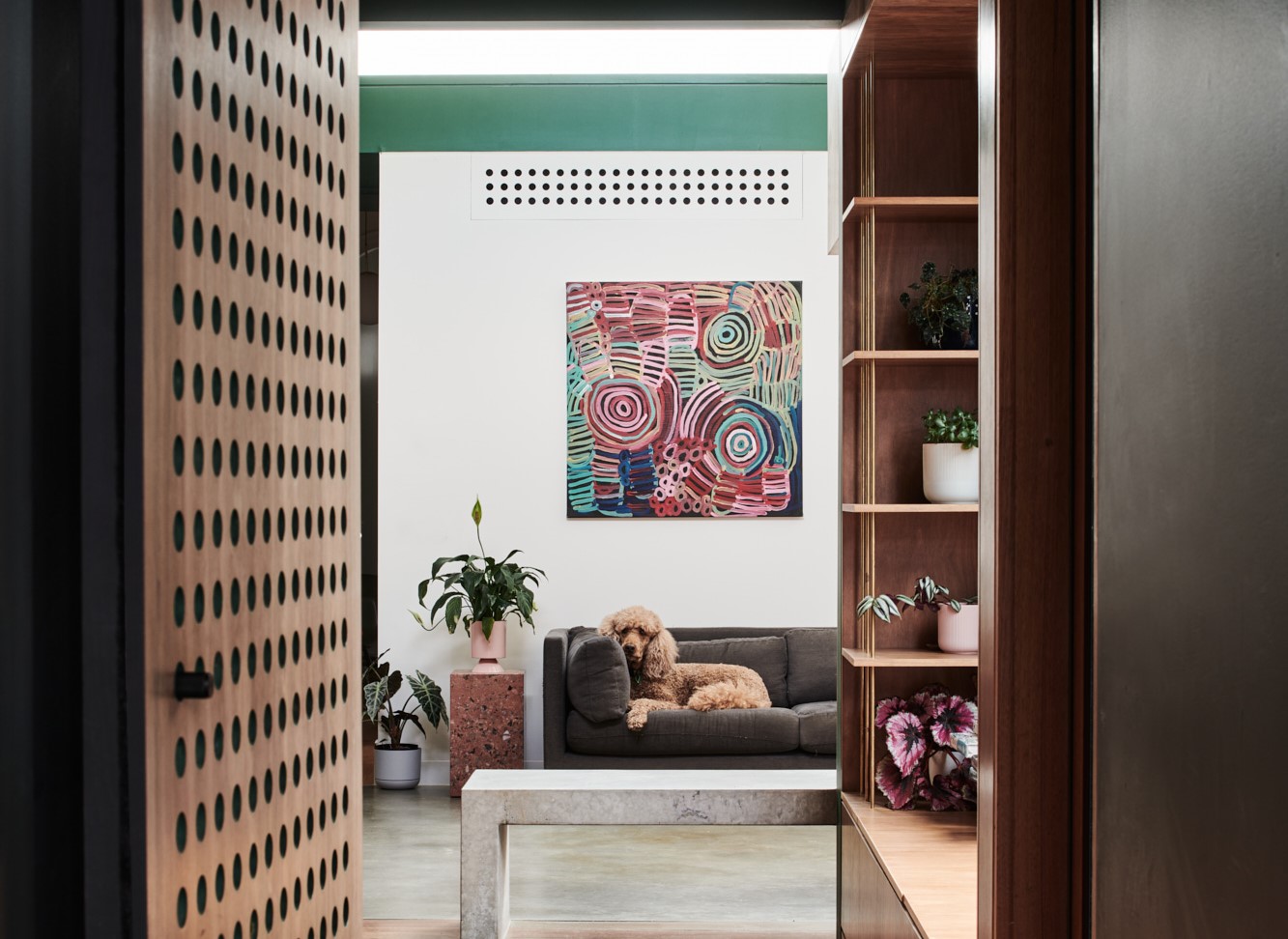
A radiator or a space heater might help you temporarily warm up a cold room, but to truly retain heat and to keep your indoors always feeling snug, you need to design your home with the right elements. But even if you're redecorating, rather than remodeling, there are still some ways you can make your home warmer that will likely save you money in the long run.
To help you with ideas, we reached out to experts on ways to warm up the house. From choosing the right fabrics, and textures to window treatments and more, you can make your living room and all other areas of the home truly cocooning.
1. Swap summer curtains with heavy drapes
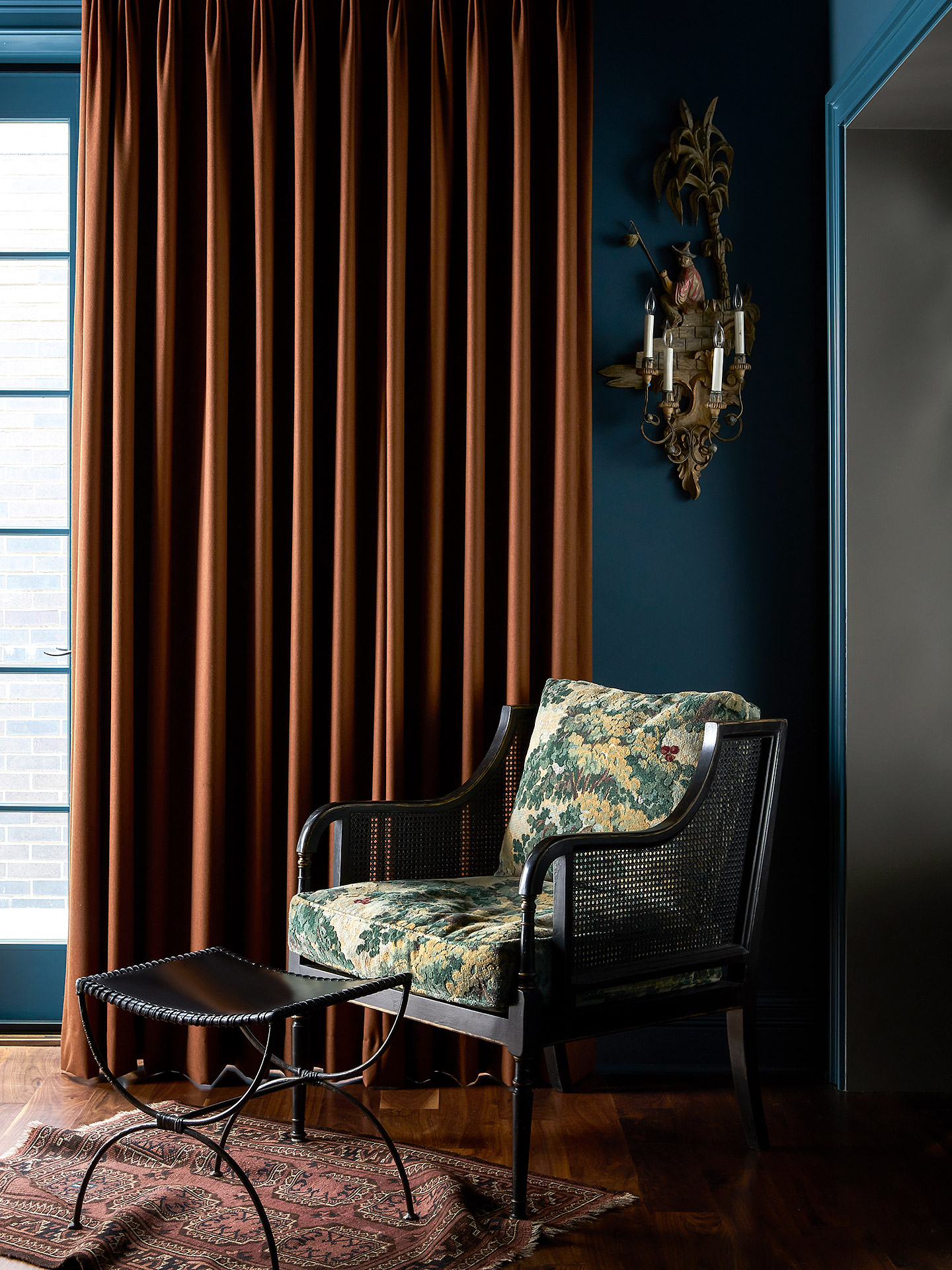
When it comes to bedroom or living room curtains, in the winter months, you may want to switch out from thin cotton or sheer drapes.
'If your home is cold and drafty in winter months, consider swapping your summer otton or linen drapery or blinds for a heavier woven fabric instead,' says Julia Mack, founder of Julia Mack Design. 'Many manufacturers anticipating this issue, stock heavier woven fabric oftentimes backed with a polyester blend lining designed to eliminate drafts coming from windows, and doors. These can even be extended to cover cold, uninsulated walls, but do keep in mind that they will provide total blackout to your room.'
2. Layer up with throws and pillows
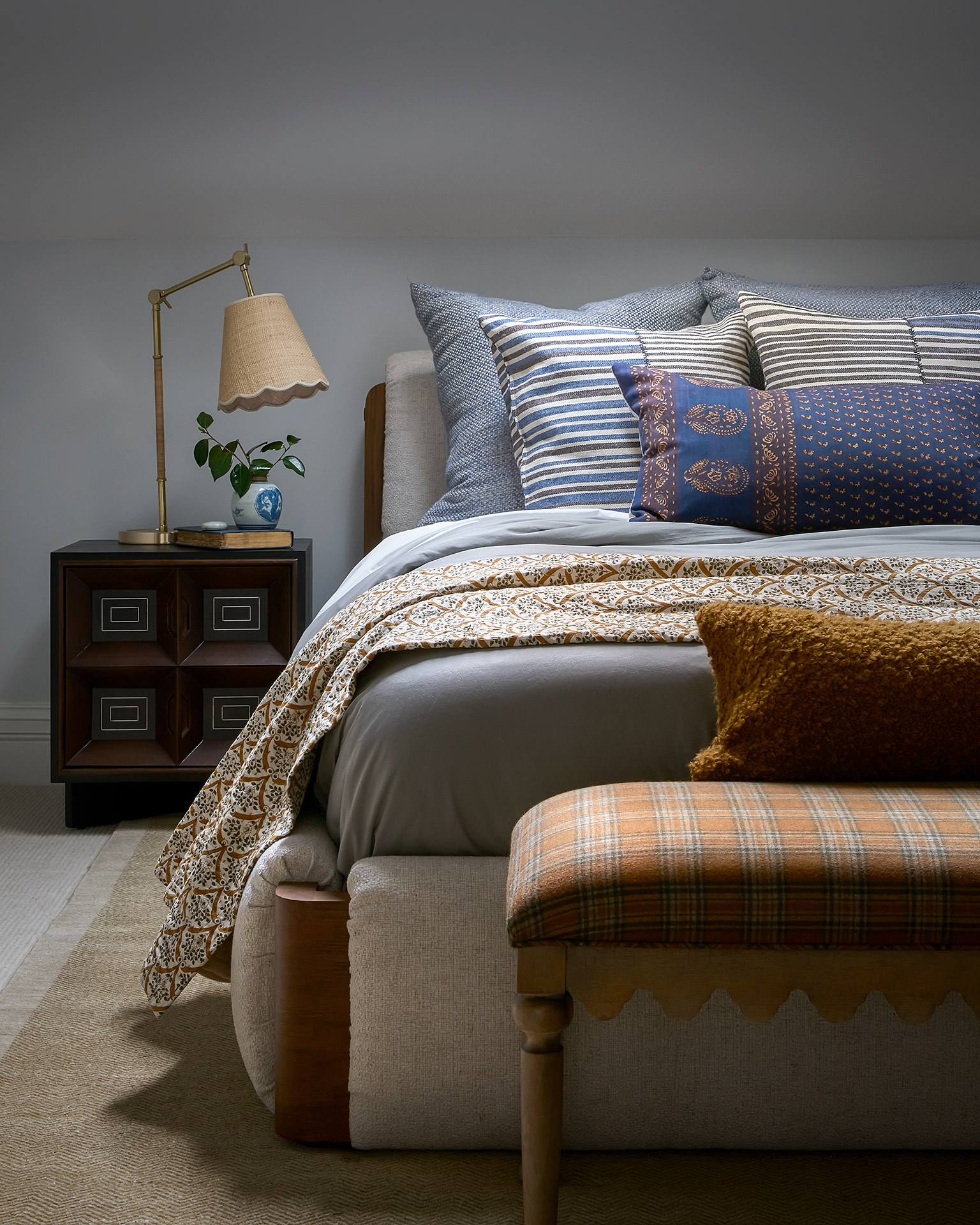
Plump up the living room furniture and seating with lots of pillows, throws and heavy fabrics. 'Any light weight fabrics like linen will inherently feel cool while heavier weight fabrics like velvets, wools, or faux furs are ones to warm up a home,' says Lucie Ayres, founder of 22 Interiors.
Lots of layered fabrics will trap heat and make the sofa feel infinitely more comfortable and snug to sit on. Similarly, for the bed, along with adding lots of pillows, add a down-filled blanket with a fill power of 600-plus for the warmest option. These will help you go on longer without turning the thermostat on.
3. Check for drafts
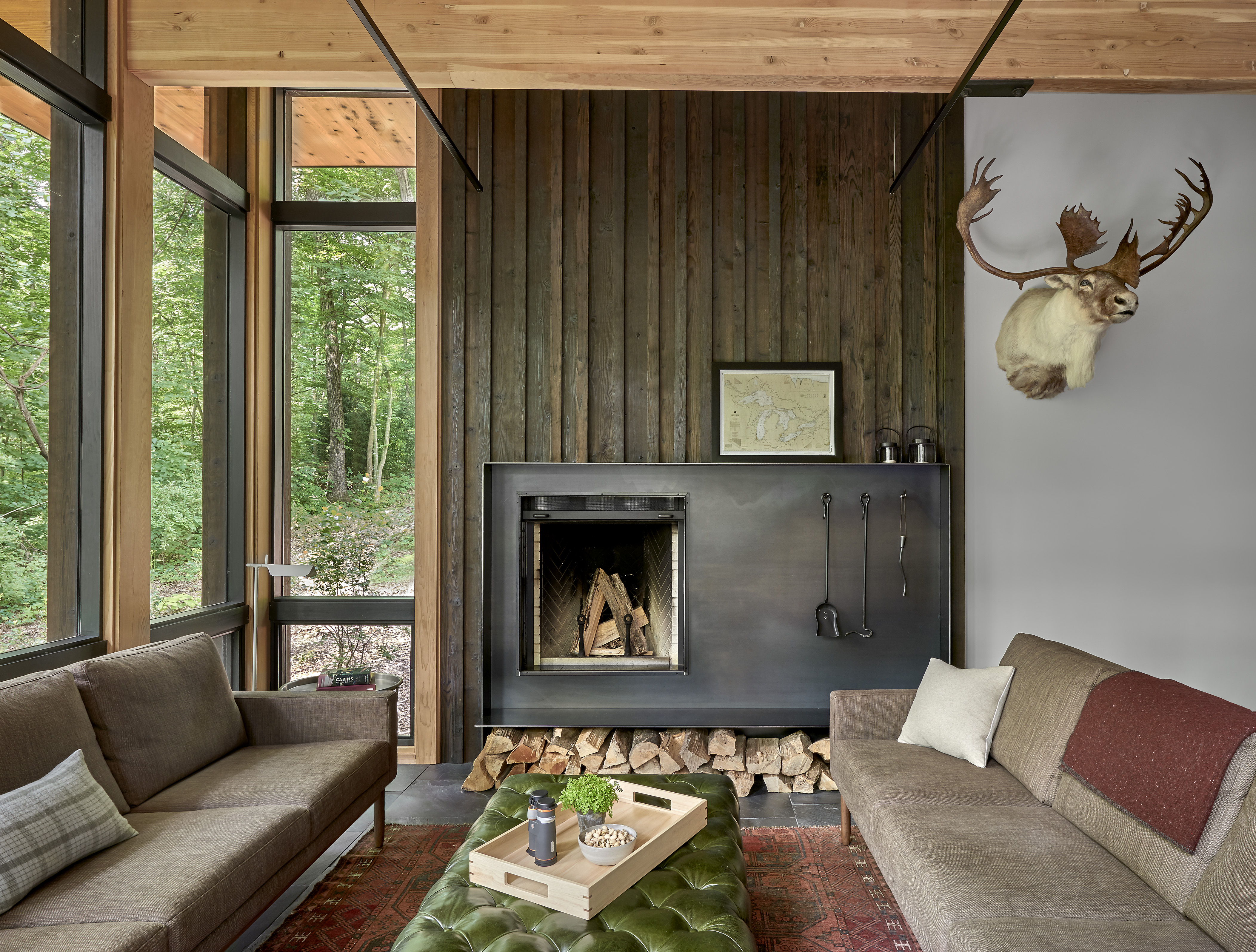
Another easy way to make the house feel warmer is by simply stopping any draft from entering the home.
'Drafty locations typically come from windows and doors that are not sealed properly, as oftentimes the frames are warped or damaged from water or just overuse through the years,' says Julia. 'Heavy woven curtains and blinds will help mitigate the problem but consider total replacement which will provide you with new multi-pane glass, a tight seal and new screens for the summer months.'
Also, along with curtains and panes, consider adding draft stoppers to your doors and windows. These will seal off the chilly breeze from the outdoors. Also, blocking the chimney can help as well as an excessive amount of drafts comes in through these. Although fireplaces can be the main focal point in a living room, the reality is an open chimney can result in heat escaping.
4. Add a rug
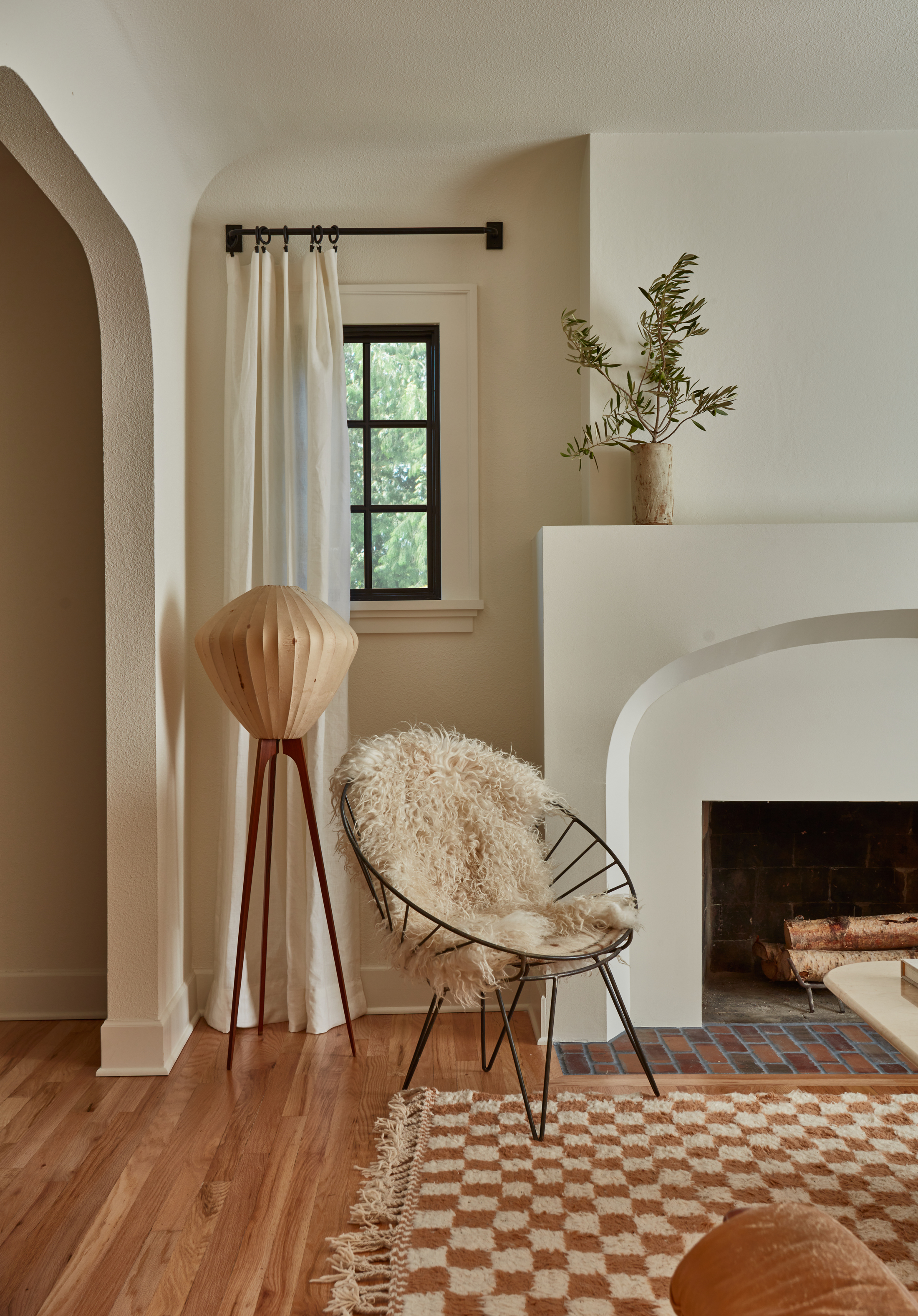
'Tile or stone will always be cold underfoot,' says Lucie. 'Hardwood floors on the other hand feel warmer. In the winter months, consider adding a wool rug to add layering to the room and to warm it up from the ground up.'
The best rugs for warming up your home are the ones that have texture like a wool or a super-soft heavy pile shaggy rug. If you have children or pets, you may wish to consider a washable option; outdoor-indoor rugs can be a good choice.
5. Use lamps
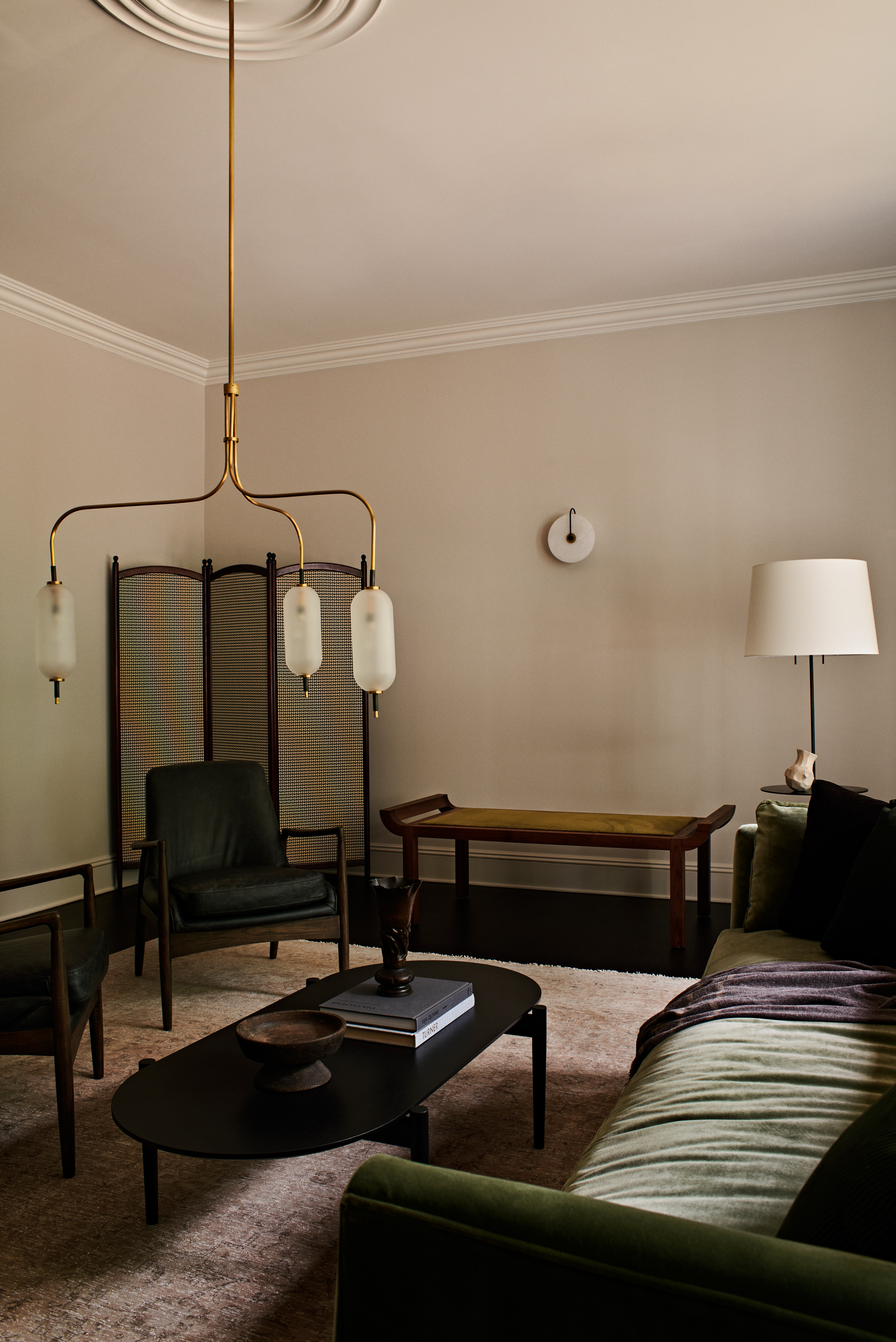
And finally, from large to mini table lamps, invest in these essential pieces that not only throw soft illumination but also emit heat that can warm up the area around it.
'Warm lighting is a quick and easy way to make any space feel cozy,' says Nadia Watts, founder of Nadia Watts Interior Design. 'Use lamps and layer your lighting. Be sure to use soft warm-white or yellow bulbs. Candlelight, and of course firelight, also make for a warm cozy atmosphere, plus they emit heat which instantly brings coziness to your space.'







